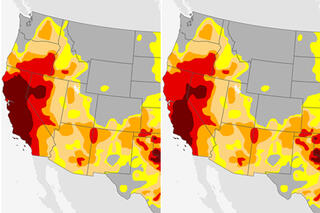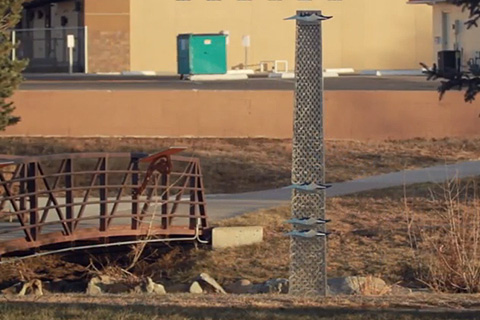
After a nightmare flood in 1997, Fort Collins, Colorado, stepped up efforts to improve resilience in the face of extreme events--efforts that will also serve the community well if climate change leads to heavier rainstorms.

Already a threat to fish, mussels, and other marine creatures, low-oxygen “dead zones” are expected to increase in both size and number as greenhouse gas concentrations and global temperatures continue to rise.

For Malaysia and Thailand, monsoon plus MJO equals disaster
January 29, 2015
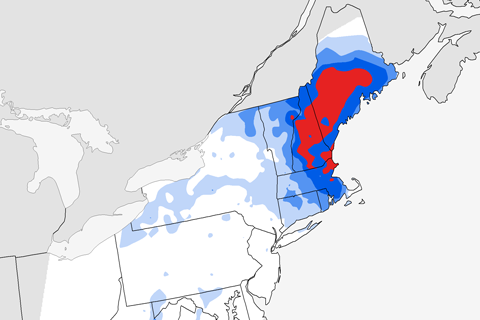
A major winter storm was still blustering its way through the U.S. Northeast this morning, with continued snow accumulations and high winds predicted for many areas. How will this event compare to the region’s most historic storms?
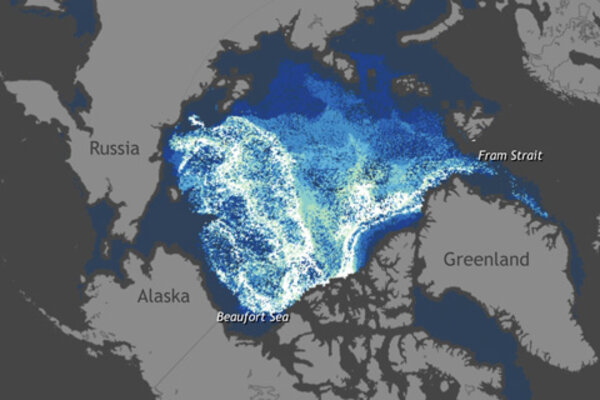
The Arctic's oldest ice is vanishing
December 13, 2016
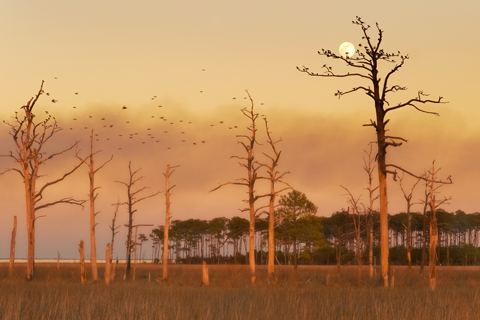
Fish nursery. Bird sanctuary. Storm surge blocker. Maryland’s Blackwater Marsh Wildlife Refuge is all those things and more. And it could be completely underwater by the end of this century. A team of ecologists and climate experts is determined to find and conserve migration corridors for the critical wetland ecosystem.
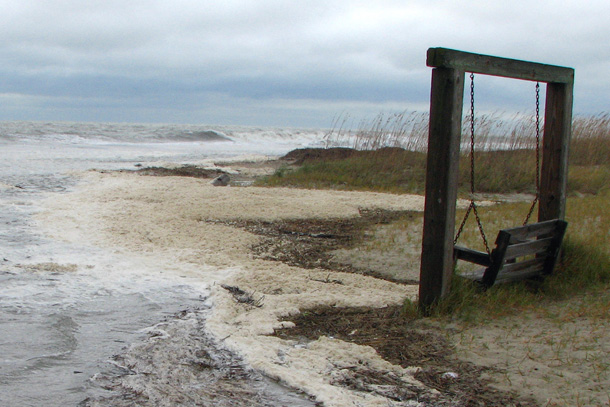
Maps and images from NOAA's online sea level rise viewer helped city officials in Tybee Island, Georgia, raise awareness of the city's vulnerabilities and set priorities for adaption efforts.
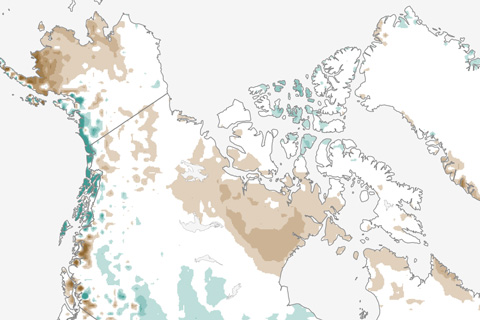
April snow extent was record low across Europe and Asia, and in June, the entire Northern Hemisphere was below average for the tenth year in a row. Spring snow is disappearing even more rapidly than Arctic sea ice in summer.

The latest installment of NOAA's Arctic Report Card confirms that Arctic air temperatures are rising at more than twice the rate of the planet as a whole. This collection of images highlights some of the key changes in physical and biological conditions in the Far North.
